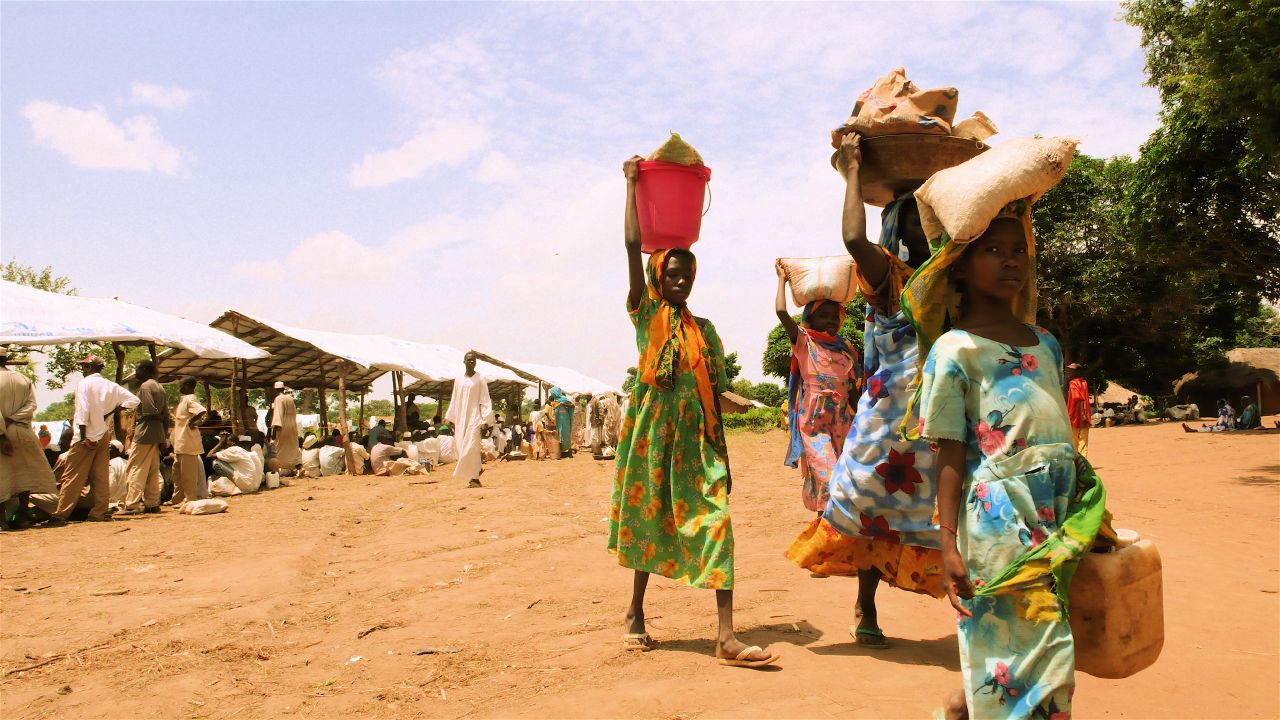Female Migration
 Over the past 40 years, female migrants have been almost as numerous as male migrants. In 1960 there were 35 million female migrants and 40 million male migrants; by 2000, the gap between females and males remained about the same, 85 million female migrants versus 90 million male migrants.
Over the past 40 years, female migrants have been almost as numerous as male migrants. In 1960 there were 35 million female migrants and 40 million male migrants; by 2000, the gap between females and males remained about the same, 85 million female migrants versus 90 million male migrants.
Female Migrants in Developed Countries
Female migrants have generally accounted for a larger fraction of the migrant stock in developed countries than in the developing world. In 1960, 48 percent of all migrants in developed countries were women or girls, whereas the equivalent proportion in developing countries was 46 percent. By 2000 the difference between the two had risen further, since female migrants constituted nearly 51 percent of all migrants in the developed world and still accounted for about 46 percent of all international migrants in developing countries. The cause of these differences should be sought in the laws and regulations governing the admission of migrants in countries of destination and those governing their departure from countries of origin, in conjunction with the interplay of factors determining the status of women in countries of origin and countries of destination.
By permitting family reunifications of legally admitted migrants, developed countries facilitate the admission of migrant women. In addition, the social and economic situation of women in developed countries, where women have access to a variety of educational and employment opportunities, acts as a magnet for women wishing to be economic and social actors in their own right.
Female Migrants in Developing Countries
In contrast, in the developing world, countries that are major receivers of international migrants generally admit them exclusively for labor purposes. Male migrants tend to predominate in this labor migration flows. However, since the late 1970s, the participation of women in labor migration flows directed to developing countries has been increasing.
The major magnets for female labor migration are located in Western Asia among the oil-rich countries of the Gulf Cooperation Council and in the countries of the Pacific Rim in Eastern and Southeastern Asia. In both of those regions, the proportion of women among all international migrants has been rising steadily since 1980. By 2000, the number of female migrants was estimated to have surpassed the number of male migrants in Eastern and Southeastern Asia (5 million versus 4.9 million). The 7.6 million female migrants in Western Asia were estimated to constitute 48 percent of all migrants in that region.
It bears stressing that not all the female migrants in those regions are migrant workers. In the oil-producing countries of Western Asia, for instance, already by 1975 (before female contract migration became a major component of their migration flows) the number of female migrants was significant, amounting to 43 percent of the foreign population in Kuwait , 33 percent of that in Saudi Arabia , about 30 percent of that in Bahrain , and 20 percent of all foreign migrants in the the United Arab Emirates . Most of those female migrants were probably admitted as dependents of male migrant workers, although some may have been hired as teachers or nurses, or to work in other occupations reserved for women.
Female Refugees
Apart from voluntary migration, women also make up a sizeable share among forced migrants. Female refugees, along with displaced women, children and adolescents, are often among the most vulnerable. As reported by Human Rights Watch , refugee and internally displaced women are vulnerable to abuse by governments, insurgent groups, and other refugees as they flee conflict, persecution, or natural catastrophe in their countries or locations of origin. They are vulnerable to violence both as a result of the surrounding problem and because of their dependence on outsiders for relief provisions. Internally displaced women are further at risk because often the government that should protect them is also the government that persecutes them. Refugees generally have limited or no legal recourse for sexual and Domestic violence , partly as a result of their unfamiliarity with and wariness of local police and judicial authorities and partly because of the lack of timely, systematic, and sensitive response by relevant international and local authorities.
References
This article is based on information by the Migration Policy Institute and Human Rights Watch. Both articles can be accessed online here:


